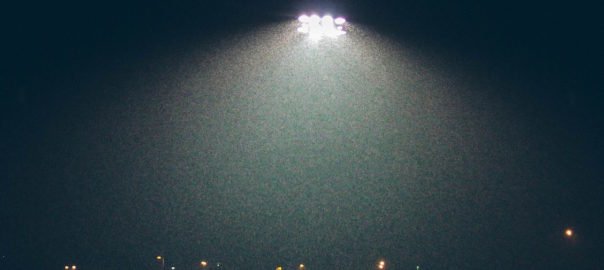
Using excessive floodlighting erases all the exquisite architectural details of houses and buildings. Unless you are lighting an athletic field, floodlights are intended to invite people indoors, not obliterate every sliver of curb appeal you’ve created, so subtlety is critical. Spotlights are the perfect solution to this problem, adding restraint and emphasis to carefully chosen areas without obliterating your home’s aesthetics.
LED layering adds dimension, depth, and focus to décor. Spotlights and floodlights have a symbiotic relationship: both take care of aesthetics and utility in their own way, but neither can work alone.
Forming Your Base
Floodlights are the canvas of your light palette. They have a maximum beam spread of 120 degrees, so they don’t make adequate task lights. The larger your beam width and the farther your distance, the wider the area it will light. You can use 60 degree floodlights to light smaller zones like shop windows or entrances, but they will never create enough depth if used alone.
Creating Dimension
Spotlights have a beam angle of about 25 to 45 degrees. They’re the highlights of your light palette, so they accent design features and provide security lighting. They can light an entire room if recessed at several points, and they introduce elements of line and hue that floodlights can’t achieve. Recent innovations have led to a huge array of new, intensely colored, warm LED shades that make them as important to your decor palette as the art on your walls.
Working Together
Spotlights left without a floodlight base will get lost in large areas. A range of bullet and lateral wash fixtures will help you to soften and direct your floodlights so that they draw the eye from spotlight to spotlight. To achieve the necessary subtlety, use your light to paint color and depth onto your space.
Looking for outdoor lighting? The experts at Premier Lighting can help you figure out what works best for your home.

